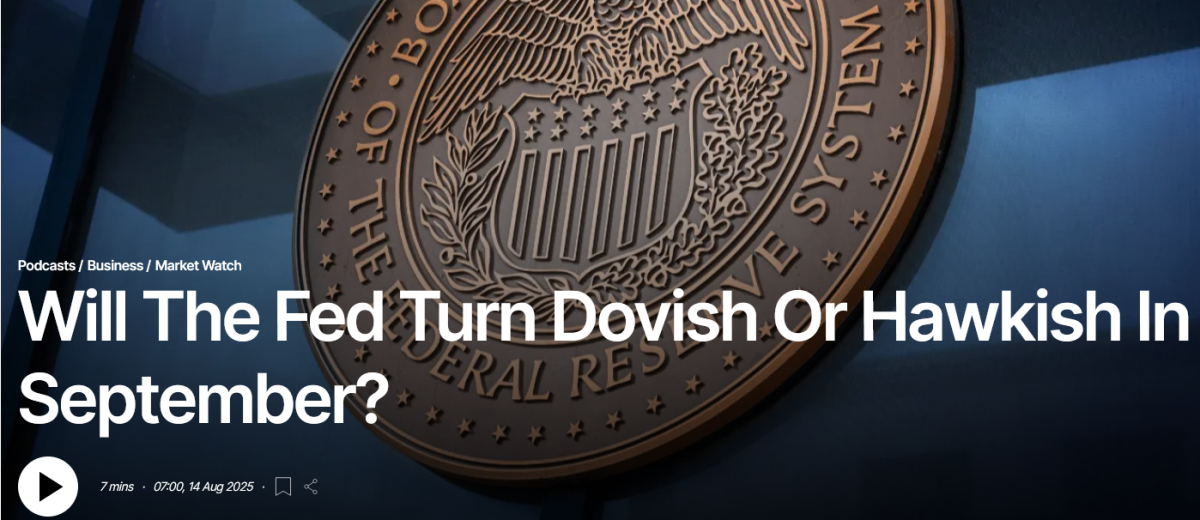Will The Fed Turn Dovish Or Hawkish In September?
https://www.bfm.my/content/podcast/will-the-fed-turn-dovish-or-hawkish-in-september
Although markets have priced in Federal Reserve rate cuts in September, is this a foregone conclusion? Tony Nash of Complete Intelligence gives a note of caution on expectations, and weighs in on other market trends.

